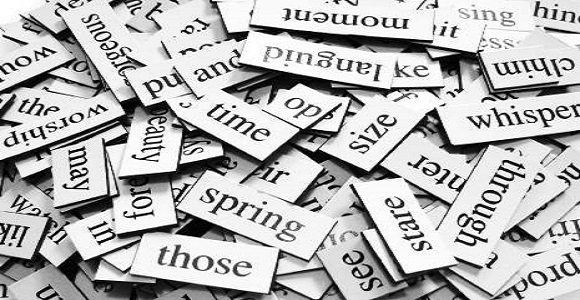
Start with any sentence in your text, be it back story, something about your character or plot or even the outline of a scene.
Example: The dog ran over the hedge.
Now, ask as many intelligent, relevant questions about that sentence as you can (within reason).
Example: What kind of dog? How old is the dog? Does the dog have any physical deformities? What color is the dog? Does the dog have fleas? Does the dog have a collar? How fast was the dog running? Where did we first see the dog? Was it running then, or did it start? Why was the dog running (did it see something)? Was it running at something or away from something or just running? Was it running in a straight line? Did it have to jump to get over the hedge? How far above the hedge was it? Was it more like running through the hedge, than over it? What kind of plant is the hedge? How tall it is? How thick is it? Does the hedge look healthy and well-watered? Is the hedge trimmed and neat or unruly? What is the shape of the hedge? How wide is the hedge from side to side? Where is the hedge – a yard, an open field, between two walls in the inner city? Is the hedge on private property, and if so, what kind? Is the hedge flowering? Are there any bugs in or around the hedge? Is there anything hiding in the hedge? Are there any other dogs running? Are there any other animals or people present? How long does the dog run for? What happens when he stops?
Okay, you get the idea. By actually writing down these questions, rather than just trying to hold them in my head, I can now go back to each one and consider it separately, as one more potential piece of information to add to my original text.
Now if I have the answer right up front, already devised, or if it just comes to me as soon as I ask the question, then I can just add that answer right into to my text.
Example: What kind of dog? A Sheltie. Revised original sentence, “The Sheltie ran over the hedge.”
Now, a different vision comes to mind when the sentence is read and it alters the reader experience as well as enriching the story-in-progress.
But, if you don’t have an answer in mind, then let your Muse run wild and come up with a bunch of different answers, again within reason, so that you can then pick among the options for the most interesting choice.
Example: What kind of dog? Sheltie, Beagle, Bull Dog, Pit Bull, Poodle.
Now I have a choice, and each different option creates a completely different mind-picture and also leads the story into slightly different directions. So, I just pick the one I want to use and put that in the story.
Example, What kind of dog? A Pit Bull. Revised original sentence, “The Pit Bull ran over the hedge.”
Now this sentences takes on a whole different flavor than “The Sheltie ran over the hedge,” and it also provides more information and a deeper reader experience than, “The dog ran over the hedge.”
Last point – after you have answered all the questions and then revised your original sentence accordingly, you’ll probably find you have a paragraph of many sentences about that little bit of action. If that is enough development, you stop there. But if you still thinks your story still needs more richness and detail, then simply take each sentence of the newly revised version and start asking questions again. Go back and forth as many times as you need to expand any part of your story as far as you want it to go.
It is a simple technique, but a sure-fire powerful one. Just by taking the process out of your head and writing it down, question by question and answer by answer, your mind becomes clear, your Muse becomes free, and your story grows in leaps and bounds.
*********

